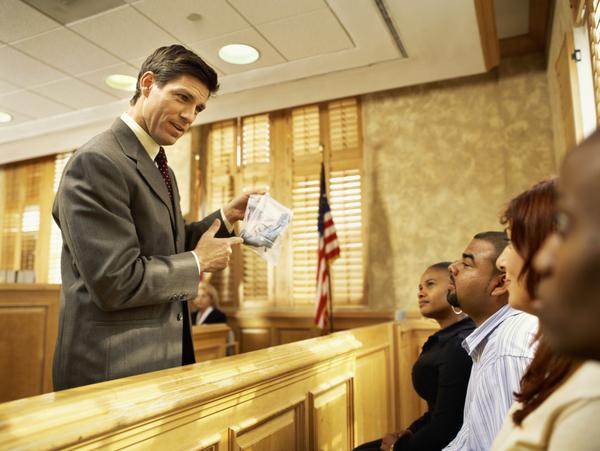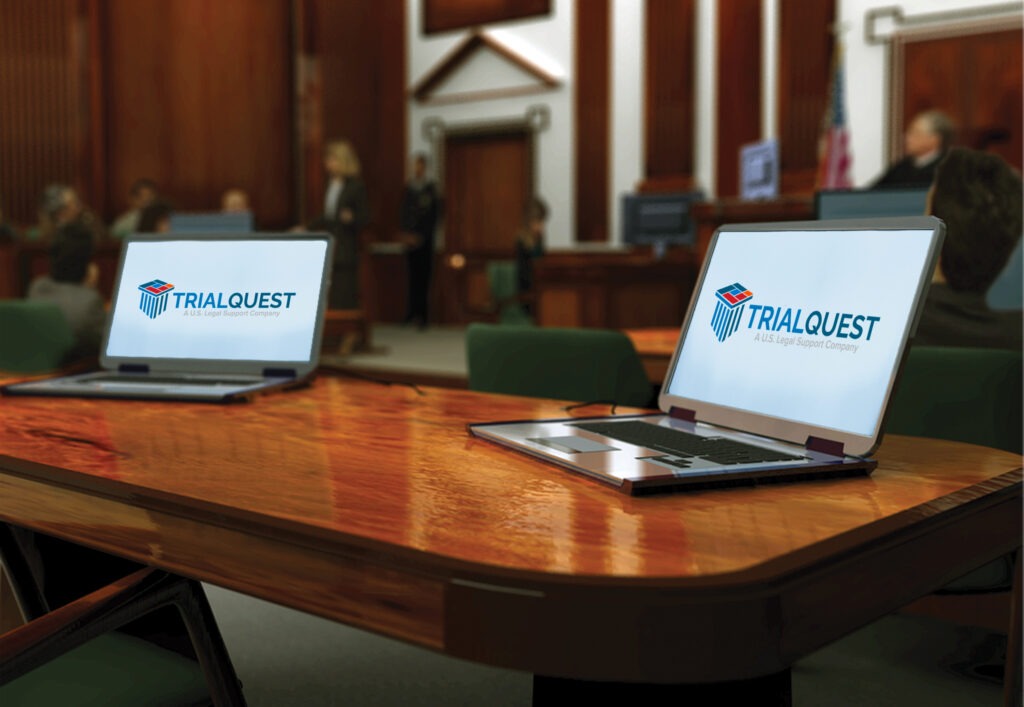Refine your litigation strategy with expert-designed trial presentations for maximum persuasion.
Refine your litigation strategy with expert-designed trial presentations for maximum persuasion.
Blog Article
Discover the Relevance of Trial Presentations for Successful Lawful Outcomes
In the world of lawsuits, the effectiveness of test presentations can often be the crucial aspect in securing desirable legal results. By translating detailed legal debates into engaging narratives, lawyers can enhance juror understanding and engagement. The calculated use of visual help and organized storytelling not just help in retention but likewise forms the jury's understanding of the instance. As we explore the vital parts of impactful trial presentations, one need to consider how these elements intertwine to influence the final decision. What approaches can truly raise a discussion from ordinary to remarkable?
Understanding Trial Presentations
Understanding test presentations is vital for attorneys looking for to successfully share their arguments and proof to a court. A test presentation offers as an essential device in the court, transforming complex legal principles and instance information into a coherent narrative that jurors can conveniently understand. Legal specialists must recognize that jurors are usually laypeople, strange with lawful jargon and step-by-step ins and outs. The capability to distill information right into clear and compelling visuals, along with dental debates, considerably enhances the possibilities of beneficial outcomes.
Furthermore, the framework and distribution of a trial presentation can influence juror understandings and decision-making. Reliable discussions utilize a mix of storytelling, visuals, and convincing methods to involve jurors and keep their focus throughout the test. This needs precise preparation and preparation, as each aspect needs to straighten with the case technique and goals.
Additionally, understanding the mental elements of juror habits is essential in crafting a successful trial presentation. Legal experts need to take into consideration how jurors interpret information, respond to sob stories, and type predispositions. By attending to these aspects, lawyers can develop discussions that reverberate with jurors, eventually helping in the quest of justice.
Crucial Element of Efficient Presentations
Successful trial discussions depend upon numerous crucial aspects that collectively enhance their effectiveness. Clarity is essential; lawful disagreements should be articulated in an uncomplicated way, avoiding lingo that might confuse the court. Speakers should structure their debates rationally, directing the target market with the narrative in a systematic sequence.

Aesthetic aids likewise play a critical function in reliable presentations. Properly designed slides, charts, and graphics can assist boil down complex details and reinforce vital points, making them extra memorable. Furthermore, the use of storytelling strategies can involve the jury mentally, producing a link that transcends simple realities.
Another vital aspect is the speaker's distribution design. Confidence, enthusiasm, and suitable body language can substantially influence just how the message is obtained. Exercising reliable eye call and singing variant maintains the court conscientious and bought the discussion.

Influence On Court Assumption
The impact of trial presentations on jury understanding is profound, as the method info is shared can dramatically affect jurors' advice analyses and choices. Jurors are tasked with assessing complex information and making determinations based on evidence presented throughout the test. Reliable discussions that make use of clear visuals, engaging stories, and organized material can enhance jurors' understanding and retention of essential facts.
Furthermore, the emotional tone and delivery of the discussion play a critical duty in forming jurors' mindsets. Presentations that resonate emotionally can develop compassion and connection, swaying jurors toward the lawyer's viewpoint. On the original source the other hand, a badly structured or overly technical discussion can cause confusion and disengagement, causing negative understandings of the case.
In addition, jurors usually depend on non-verbal cues, such as body movement and eye get in touch with, which can affect their count on the speaker - trial presentations. For that reason, lawyers need to be acutely familiar with exactly how their presentation design can either reinforce or threaten their disagreements. In recap, well-executed trial discussions are vital for guiding court assumption and ultimately affecting the result of legal procedures
Techniques for Involving Storytelling
An effective story ought to resonate with jurors on a psychological degree while plainly outlining the facts of the case. This style offers as an assisting string throughout the discussion, aiding jurors make connections and retain information.
Using character advancement is vital; humanizing the events entailed permits jurors to understand with their experiences. Present vital numbers early, giving context and history to make them relatable. In addition, using a clear framework-- starting with an appealing introduction, complied with by a well-organized body, and wrapping up with a powerful resolution-- ensures the narrative flows logically and maintains juror passion.
Including dazzling images and descriptive language can even more enhance the tale, developing mental pictures that make the facts extra remarkable. The use of ornate concerns can provoke idea and reflection, motivating jurors to proactively engage with the story. By using these methods, lawyers can create stories that reverberate deeply, eventually influencing the court's decision-making process.
Enhancing Evidence With Visual Help
While presenting proof in a trial, the integration of aesthetic aids can substantially improve understanding and retention among jurors. Aesthetic aids, such as charts, charts, photos, and video clips, serve to make clear complex information and develop a more interesting narrative. By highlighting bottom lines, these tools assist jurors to attract connections in between evidence and the situation's overarching motifs.
Additionally, aesthetic aids can streamline intricate details that might or else overwhelm or puzzle the court. A timeline can efficiently display the series of occasions, while a diagram can illustrate connections or communications between events involved in the case. This quality fosters higher understanding and assists in why not try this out educated consideration.
The strategic use of visual aids likewise use the aesthetic understanding choices of many jurors, making the presented evidence much more relatable and unforgettable. When jurors can picture truths, they are most likely to preserve essential information, leading to better-informed verdicts.
Ultimately, effective test discussions that include visual help not just enhance the situation however likewise empower jurors to engage proactively in the judicial procedure, promoting even more fair legal outcomes. In recap, boosting proof with visual aids is a pivotal approach for effective trial presentations.

Verdict
In recap, trial presentations offer a vital feature in the lawful procedure by translating complex lawful debates right into relatable narratives for courts. Efficient presentations, characterized by structured narration and aesthetic aids, substantially improve juror understanding and retention of information. By affecting court perception, well-crafted presentations inevitably add to much more favorable lawful results. The tactical use these strategies highlights the importance of test presentations in the search of justice and efficient advocacy within the court room.
Report this page